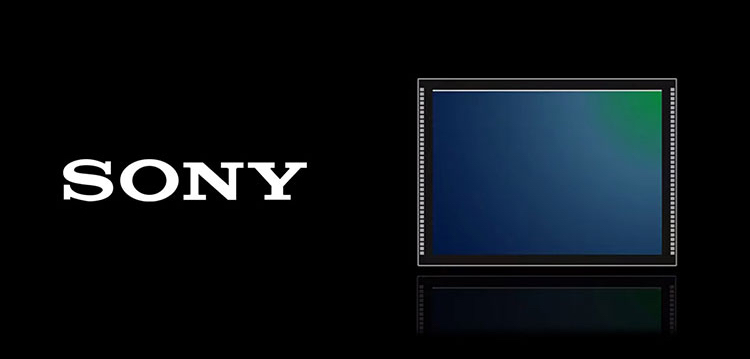As the development of intelligent driving advances to the high-end stage, the demand for image sensors is definitely increasing. The flagship models of the new players in the industry have shifted from forward vision to surround vision.
As for the supply chain of CMOS image sensors, Sony is undoubtedly the giant. The company plans to supply imaging sensors to 15 of the top 20 global automakers by 2025.
Terushi Shimizu, the person in charge of Sony’s imaging and sensing business, said: “By 2025, we expect to cooperate in automotive imaging sensors with 75% of the top 20 global automakers, which will produce about 80% of the world’s vehicles in the next three years. Sony plans to invest about 900 billion yen (about 7 billion U.S. dollars) in imaging sensors from 2021 to 2023, nearly three times the investment from 2015 to 2017.”
By the way, Sony has recently decided to increase production capacity at its semiconductor plant in Nagasaki, Japan. The latest factory building at the Nagasaki plant will expand by 60% by 2023. Of course, the main purpose of the expansion may be to improve the production of smartphone image sensors, but there is no doubt that there will also be inquiries from the intelligent automotive industry about Sony CMOS.
However, the expansion process also brings challenges. The most severe of which is the pressure on chip supply. Sony has invested with TSMC to establish a joint venture and build a 7 billion US dollar chip factory in Japan, and hopes to deepen cooperation to ensure stable supply of logic semiconductors.
At this year’s NIO ET5 press conference, Li Bin announced that both the surround-view cameras of NIO ET7/5 have been replaced by Sony’s 3 million pixel cameras from other suppliers’ 8 million pixel cameras.
This article is a translation by ChatGPT of a Chinese report from 42HOW. If you have any questions about it, please email bd@42how.com.
